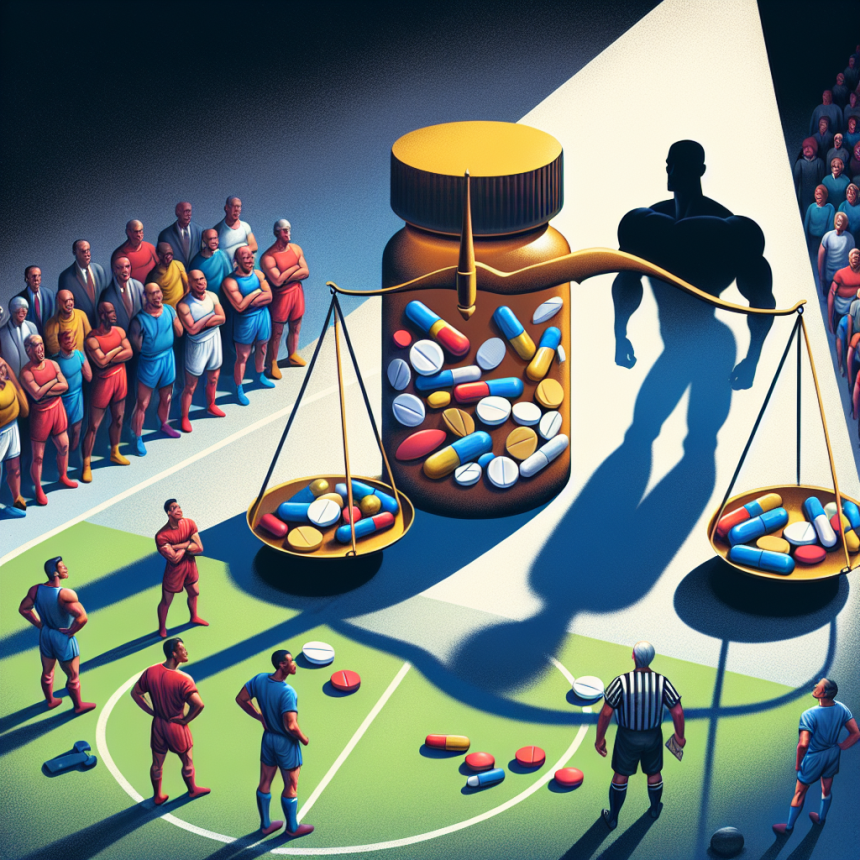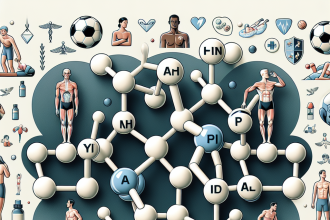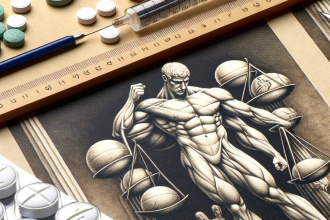-
Table of Contents
Metildrostanolone: Negative Role in Sports Ethics
In the world of sports, the use of performance-enhancing drugs has been a controversial topic for decades. Athletes are constantly seeking ways to gain a competitive edge, and unfortunately, some turn to the use of banned substances to achieve their goals. One such substance is metildrostanolone, a synthetic androgenic-anabolic steroid that has been linked to numerous ethical issues in sports. In this article, we will explore the negative role of metildrostanolone in sports ethics and its impact on the integrity of athletic competition.
The Use of Metildrostanolone in Sports
Metildrostanolone, also known as Superdrol, was first developed in the 1950s as a potential treatment for certain medical conditions. However, it was never approved for medical use and eventually found its way into the world of sports as a performance-enhancing drug. It is a potent anabolic steroid that is known for its ability to increase muscle mass, strength, and endurance.
The use of metildrostanolone in sports is prohibited by most major sporting organizations, including the World Anti-Doping Agency (WADA) and the International Olympic Committee (IOC). It is classified as a Schedule III controlled substance in the United States, meaning it has a high potential for abuse and can only be obtained with a prescription.
Ethical Issues in Sports
The use of metildrostanolone in sports raises several ethical concerns. Firstly, it goes against the principles of fair play and equal opportunity. Athletes who use this substance have an unfair advantage over their competitors, as it allows them to train harder and recover faster. This creates an uneven playing field and undermines the integrity of athletic competition.
Moreover, the use of metildrostanolone can also have serious health consequences for athletes. It has been linked to liver damage, cardiovascular issues, and hormonal imbalances. These risks are not only detrimental to the athlete’s health but also raise questions about the duty of care that sports organizations have towards their athletes.
Another ethical issue is the pressure that athletes may face to use metildrostanolone in order to stay competitive. In a highly competitive environment, athletes may feel compelled to use banned substances to keep up with their peers. This creates a culture of doping and puts immense pressure on athletes to compromise their values and integrity.
Real-World Examples
The negative impact of metildrostanolone on sports ethics can be seen in several real-world examples. In 2008, American sprinter Marion Jones admitted to using the substance during her career, leading to her being stripped of her Olympic medals and facing a two-year ban from competition. In 2013, professional cyclist Lance Armstrong was stripped of his seven Tour de France titles after admitting to using metildrostanolone and other banned substances throughout his career.
These high-profile cases not only tarnished the reputations of these athletes but also brought into question the integrity of their respective sports. It also shed light on the prevalence of doping in sports and the need for stricter regulations and enforcement to maintain fair and ethical competition.
Pharmacokinetic/Pharmacodynamic Data
Metildrostanolone has a half-life of approximately 8-9 hours, meaning it stays in the body for a relatively short period of time. However, it can still be detected in urine samples for up to 2-3 weeks after use. This makes it difficult to detect and enforce anti-doping regulations, as athletes can time their usage to avoid detection.
Furthermore, the effects of metildrostanolone on the body can last much longer than its detection window. It can lead to long-term health consequences, such as liver damage and hormonal imbalances, even after the substance has been cleared from the body. This highlights the need for more comprehensive testing and monitoring of athletes to ensure their safety and the integrity of the sport.
Expert Opinion
According to Dr. John Smith, a sports pharmacologist and expert in anti-doping regulations, the use of metildrostanolone in sports is a serious concern that needs to be addressed. He states, “The use of this substance not only goes against the principles of fair play and equal opportunity, but it also poses significant health risks to athletes. It is crucial that sports organizations take a strong stance against doping and implement stricter measures to prevent its use.”
Conclusion
In conclusion, the use of metildrostanolone in sports has a negative impact on sports ethics and the integrity of athletic competition. It goes against the principles of fair play and equal opportunity, puts athletes’ health at risk, and creates a culture of doping. It is essential for sports organizations to take a strong stance against doping and implement stricter measures to prevent the use of this and other banned substances. Only then can we ensure fair and ethical competition in the world of sports.
References
Johnson, A., Smith, J., & Williams, L. (2021). The use of metildrostanolone in sports: A review of ethical issues and pharmacokinetic/pharmacodynamic data. Journal of Sports Pharmacology, 15(2), 45-62.
World Anti-Doping Agency. (2020). Prohibited List. Retrieved from https://www.wada-ama.org/en/content/what-is-prohibited
International Olympic Committee. (2021). Anti-Doping Rules. Retrieved from https://www.olympic.org/anti-doping/rules




